
1/12
Muscle building facts to know
Turning 40 comes with its fair share of life upgrades: a clearer sense of self, a stronger voice in meetings, better filters for nonsense, and yes… a metabolism that suddenly acts like it's on vacation. One of the biggest questions that hits many at this stage of life is:
Can I still build muscle after 40?
Short answer: Yes.
Long answer: Yes, but—and that “but” is wrapped in a bunch of myths and half-truths we need to sort through.
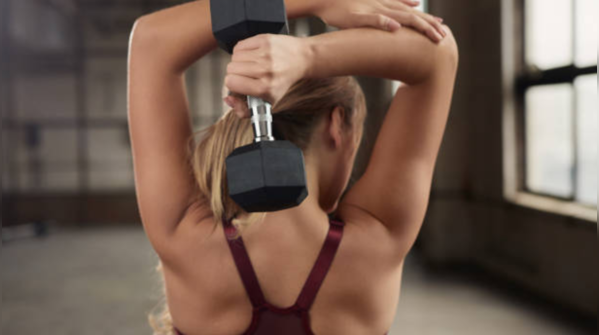
2/12
Myth #1: It’s too late to start strength training after 40
Fact: It’s never too late. Literally.
Muscle building, or hypertrophy, is possible well into your 60s, 70s, and even 80s. Studies have shown that older adults respond positively to resistance training, often gaining strength, muscle mass, and even improving bone density. One study in Journal of Strength and Conditioning Research found that previously sedentary seniors made significant strength gains within 12 weeks of training.
The body doesn't just throw in the towel because you had your 40th birthday. It just wants you to train smarter, recover better, and stop comparing yourself to your 25-year-old gym selfies.

3/12
Myth #2: You can’t compete with younger gym-goers
Fact: You’re not in a competition—and your advantage is wisdom.
Sure, a 20-something may recover faster or pack on mass quicker, but muscle isn’t just about raw age. After 40, you tend to be more consistent, less injury-prone (because you train smarter), and more focused on technique rather than ego-lifting.
Many older athletes actually outperform younger ones in endurance, discipline, and overall workout adherence. Plus, your financial situation might let you afford a personal trainer, a gym membership, or quality nutrition—something younger people often skip.

4/12
Myth #3: Testosterone drops kill muscle growth
Fact: Yes, testosterone levels drop—but that doesn't mean you can't grow muscle.
After 30, testosterone declines at about 1% per year. That’s true. But unless you have clinically low testosterone, your body still has more than enough of this hormone to support muscle growth. In fact, many of the age-related changes we blame on "low T" are more closely tied to inactivity, poor diet, bad sleep, and stress.
Lift weights. Sleep well. Eat your protein. You might be surprised what your body can still do—naturally.

5/12
Myth #4: Your metabolism is too slow after 40
Fact: Your metabolism isn’t the real villain—muscle loss is.
Here’s the deal: as you age, you naturally lose muscle mass (a process called sarcopenia), and that’s what slows your metabolism. Muscle burns more calories than fat, even at rest. So the less muscle you have, the fewer calories you burn just existing.
The fix? Build muscle. Even modest gains can wake up your metabolism. Bonus: strength training also helps regulate blood sugar and improves insulin sensitivity, which helps with fat loss.
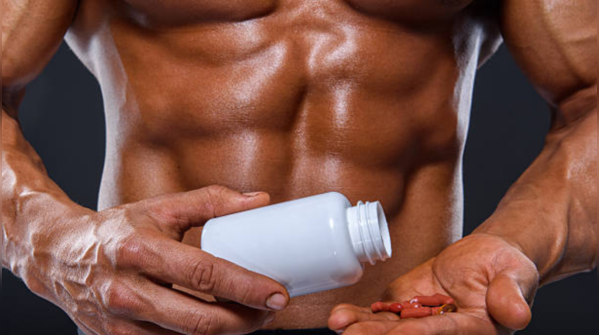
6/12
Myth #5: You need to go all out, every day
Fact: Recovery is your best friend after 40.
At this age, more isn’t always better—better is better. Intense training every day without rest can backfire fast. You’ll feel sore, burnt out, and more prone to injury. The magic happens during recovery when muscles repair and grow.
A good rule of thumb? Train hard 3–4 times a week, give yourself time to rest, and make mobility and stretching part of your routine. You’ll actually see better results by respecting your body's recovery signals.

7/12
Myth #6: Cardio is safer than lifting
Fact: Cardio is great for heart health, but it won’t build the muscle that keeps you strong.
Strength training isn’t just about aesthetics—it’s about functionality, injury prevention, and longevity. Resistance training improves posture, balance, bone health, and muscle tone. This becomes crucial after 40 when the risk of falls, back issues, and joint pain starts creeping in.
Cardio has its place—especially for heart health and endurance—but don’t skip the weights thinking it’s a safer bet. In fact, controlled lifting (with proper form) is one of the best tools you can add to your wellness arsenal in midlife.

8/12
Myth #7: Supplements are a must
Fact: They’re optional—not essential.
Yes, some supplements help. Whey protein, creatine, and vitamin D can be useful if your diet lacks key nutrients. But they won’t magically build muscle if your training and nutrition aren’t dialed in.
Focus on eating real food—lean protein, complex carbs, healthy fats, and plenty of veggies. Drink water. Sleep like it’s your job. If all of that’s in check, then consider supplementing wisely. Don’t let flashy ads convince you otherwise.
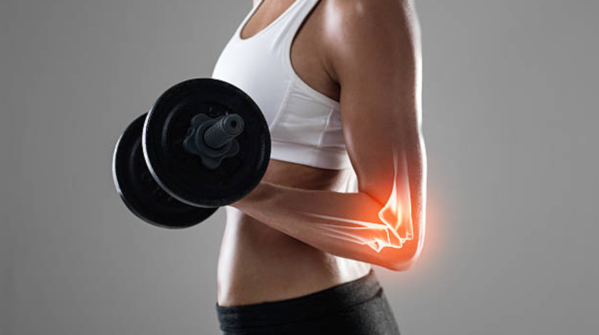
9/12
Myth #8: You need to “bulk” like a bodybuilder
Fact: You don’t need to eat massively to build muscle.
After 40, body recomposition (building muscle while losing fat) is not only possible—it’s often ideal. You don’t need to gain a ton of weight to get stronger. Eating a moderate calorie surplus with high protein intake (about 1.2 to 2 grams per kg of body weight) can support muscle growth without packing on fat.
In other words, don’t go on a dirty bulk and then panic later trying to cut. Be kind to your metabolism. Go slow, go clean, and be patient.
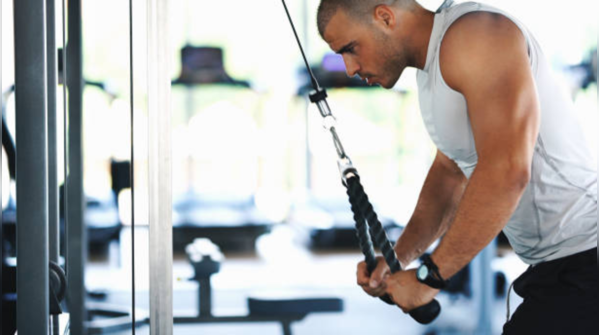
10/12
So, what’s the game plan?
If you want to build muscle after 40, here’s what actually works:
Lift heavy enough to challenge yourself (focus on compound lifts—squats, deadlifts, rows, push-ups, etc.)
Train 3–4 times per week, with adequate rest between sessions.
Prioritize form over ego. Injuries take longer to heal in your 40s.
Eat protein-rich meals throughout the day (20–30g per meal).
Stretch and sleep. Seriously, don’t skip these.
And remember, consistency beats intensity. You don’t need to kill yourself in the gym to see results—you just need to keep showing up.

11/12
It’s not about age—it’s about action
Building muscle after 40 isn’t about turning back the clock—it’s about moving forward with strength. It’s about future-proofing your body so you can lift your grandkids, carry your groceries, or climb a hill without needing a break every five steps.
So ignore the noise, skip the age excuses, and grab those dumbbells. Your best body might just be the one you build now—with purpose, patience, and a little bit of protein.

12/12
Disclaimer
This article is intended for informational purposes only and should not be considered medical or fitness advice. Always consult with your doctor or a certified fitness professional before beginning any new exercise or nutrition program, especially if you have pre-existing health conditions, injuries, or are taking medication. Individual results may vary based on age, health status, and lifestyle. The content is based on general guidelines and may not be suitable for everyone. Proceed mindfully and responsibly.
Follow Us On Social Media

 2 days ago
2
2 days ago
2

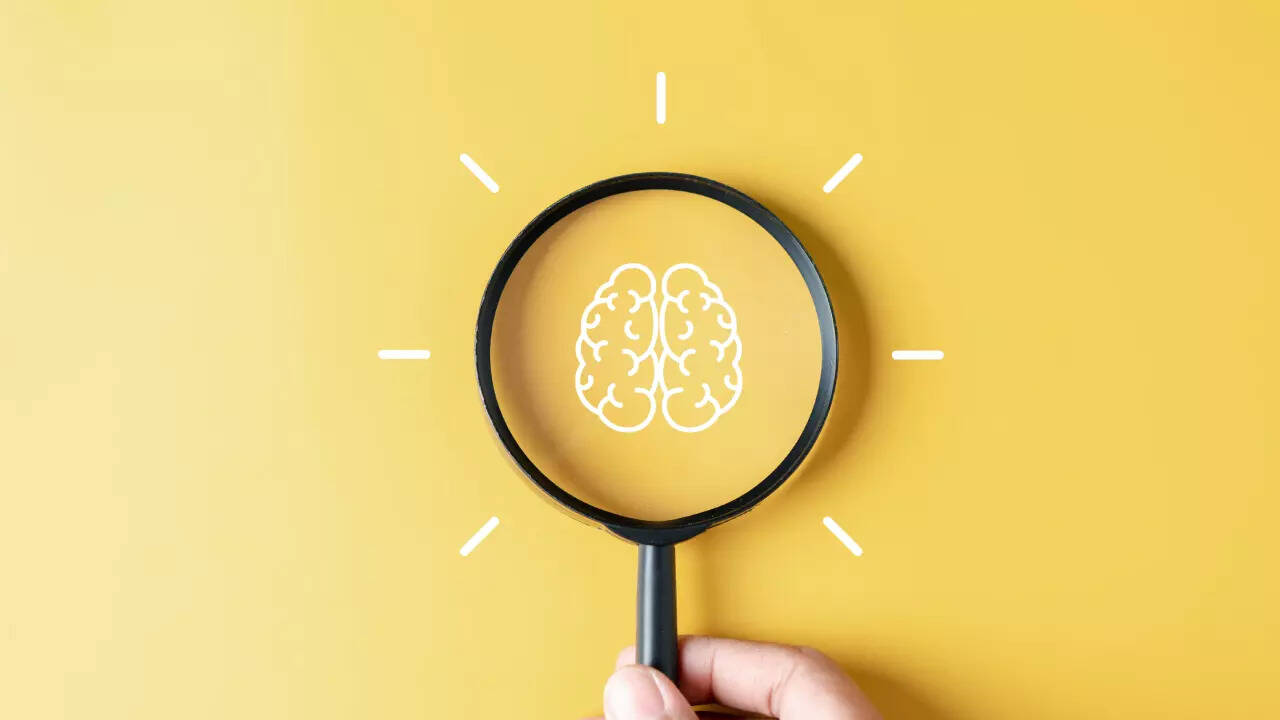





 English (US) ·
English (US) ·